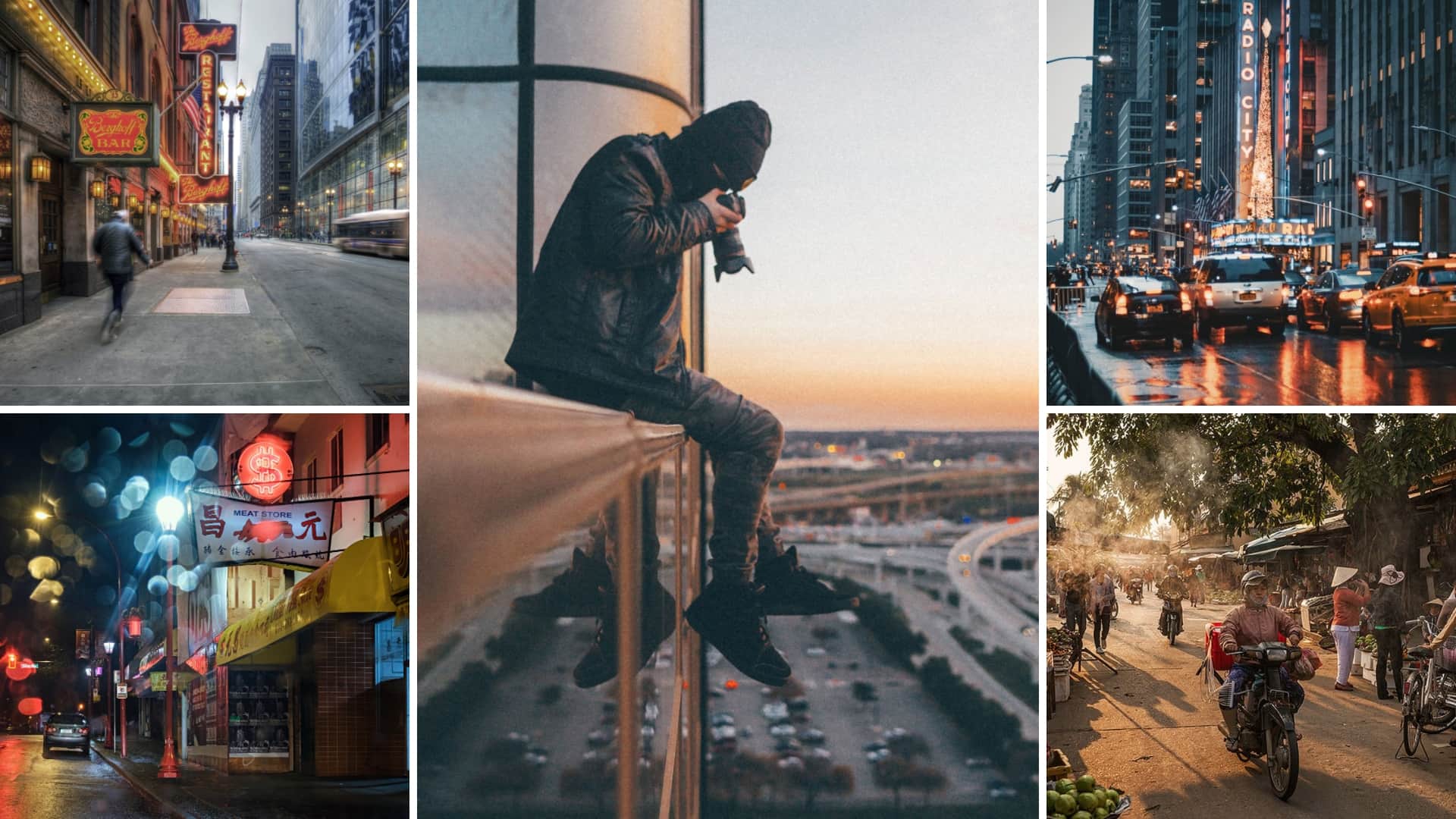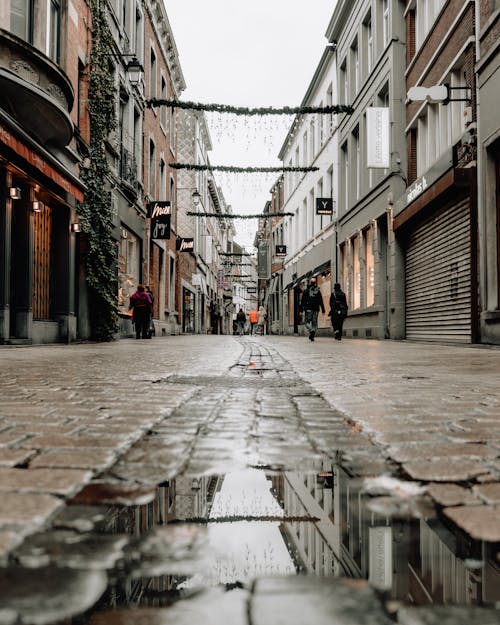Fascination About Framing Streets
Fascination About Framing Streets
Blog Article
The Framing Streets PDFs
Table of Contents4 Easy Facts About Framing Streets ShownAll about Framing StreetsHow Framing Streets can Save You Time, Stress, and Money.The Main Principles Of Framing Streets The Ultimate Guide To Framing StreetsIndicators on Framing Streets You Should Know
, typically with the aim of catching images at a definitive or poignant minute by careful framing and timing. https://fliphtml5.com/homepage/onrvw/davidturley33101/.
The Single Strategy To Use For Framing Streets
Susan Sontag, 1977 Street photography can concentrate on people and their habits in public. In this regard, the street digital photographer is similar to social documentary photographers or photojournalists who also work in public locations, however with the goal of recording relevant events. Any of these professional photographers' pictures may record people and residential or commercial property noticeable within or from public areas, which typically involves navigating honest problems and legislations of personal privacy, protection, and property.
Depictions of day-to-day public life create a style in virtually every duration of globe art, beginning in the pre-historic, Sumerian, Egyptian and early Buddhist art durations. Art dealing with the life of the street, whether within sights of cityscapes, or as the dominant concept, appears in the West in the canon of the Northern Renaissance, Baroque, Rococo, of Romanticism, Realistic look, Impressionism and Post-Impressionism.
Framing Streets Can Be Fun For Anyone
Louis Daguerre: "Blvd du Temple" (1838 or 1839) In 1838 or 1839 the initial photograph of numbers in the street was recorded by Louis-Jacques-Mand Daguerre in among a pair of daguerreotype sights drawn from his workshop window of the Blvd du Holy place in Paris. The second, made at the height of the day, reveals an uninhabited stretch of street, while the various other was taken at concerning 8:00 am, and as Beaumont Newhall records, "The Boulevard, so constantly loaded with a moving bunch of pedestrians and carriages was flawlessly solitary, except a person that was having his boots brushed.
, who was inspired to carry out a similar paperwork of New York City. As the city developed, Atget helped to promote Parisian roads as a worthy topic for digital photography.

The 25-Second Trick For Framing Streets
Martin is the very first taped digital photographer to do so in London with a disguised camera. Mass-Observation was a social study organisation established in 1937 which aimed to record daily life in Britain and to tape the reactions of the 'man-in-the-street' to King Edward VIII's abdication in 1936 to marry divorce Wallis Simpson, and the succession of George VI. The chief Mass-Observationists were anthropologist Tom Harrisson in Bolton and poet Charles Madge in London, and their first record was created as guide "May the Twelfth: Mass-Observation Day-Surveys 1937 by over 2 hundred onlookers" [] Window cleaner at Kottbusser Tor, Berlin, by Elsa Thiemann c. 1946 The post-war French Humanist School digital photographers discovered their subjects on the road or in the restaurant. Between 1946 and 1957 Le Groupe des XV annually displayed work of this kind. Andre Kertesz. Circus, Budapest, 19 May 1920 Road photography developed the major content of two exhibitions at the Museum of Modern Art (Mo, MA) in New york city curated by Edward Steichen, 5 French Digital Photographers: Brassai; Cartier-Bresson, Doisneau, Ronis, Izis in 1951 to 1952, and Post-war European Photography in 1953, which exported the concept of road photography internationally.

The Greatest Guide To Framing Streets
The recording equipment was 'a hidden camera', a 35 mm Contax hidden below his layer, that was 'strapped to the breast and attached to a long cord strung down the ideal sleeve'. However, his job had little contemporary influence as due to Evans' sensitivities regarding the creativity of his project and the personal privacy of his subjects, it was not published till 1966, in guide Several Are Called, with an introduction created by James Agee in 1940.
Helen Levitt, after that a teacher of children, connected with Evans in 193839. She recorded the temporal chalk drawings - sony a7iv that became part of children's road culture in New york city at the time, in addition to the youngsters who made them. In July 1939, Mo, MA's brand-new digital photography section included Levitt's operate in its inaugural exhibitRobert Frank's 1958 publication,, was significant; raw and often indistinct, Frank's photos questioned mainstream digital photography of the time, "tested all the official rules laid down by Henri Cartier-Bresson and Walker Evans" and "flew in the face of the wholesome pictorialism and wholehearted photojournalism of American publications like LIFE and Time".
Report this page